The History of Tetris: From Birth in the Soviet Union to Global Phenomenon
Tetris is one of the most iconic and influential games in video game history. Its journey, from its creation in the Soviet Union until it became a global phenomenon, is a story of creativity, espionage, business, and passion. In this article, we’ll explore the entire trajectory of Tetris, from its conception by Alexey Pajitnov to its discovery by Henk Rogers and its release for the Game Boy, which cemented it as a cultural icon in videogames.
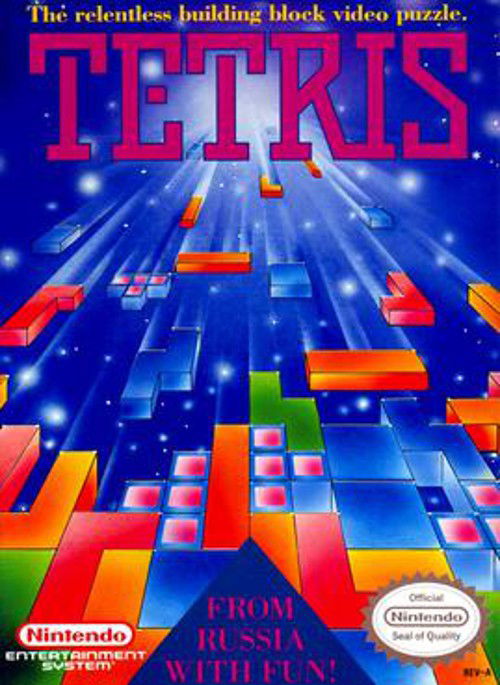
The Political Context of the Time
The Cold War was a period in history marked by a political-ideological conflict between the United States and the former Soviet Union (USSR), between 1947 and 1991. During this time, the world was polarized, the dispute between North Americans and Soviets affected these nations’ international relationships as a whole.
The two countries constantly monitored each other both through news stories and espionage, which brought fear upon those entering these countries and a somber air of uncertainty loomed over both sides.
Within this context, a game emerged that would make both axes tremble and an unbridled chase after its rights would go down in history.

The Creation of Tetris: Alexey Pajitnov and the Soviet Union
In 1984, Alexey Pajitnov was a computer scientist working at the Computer Center of the Academy of Sciences in Moscow, in the then Soviet Union, where he worked in the artificial intelligence and speech recognition sector.
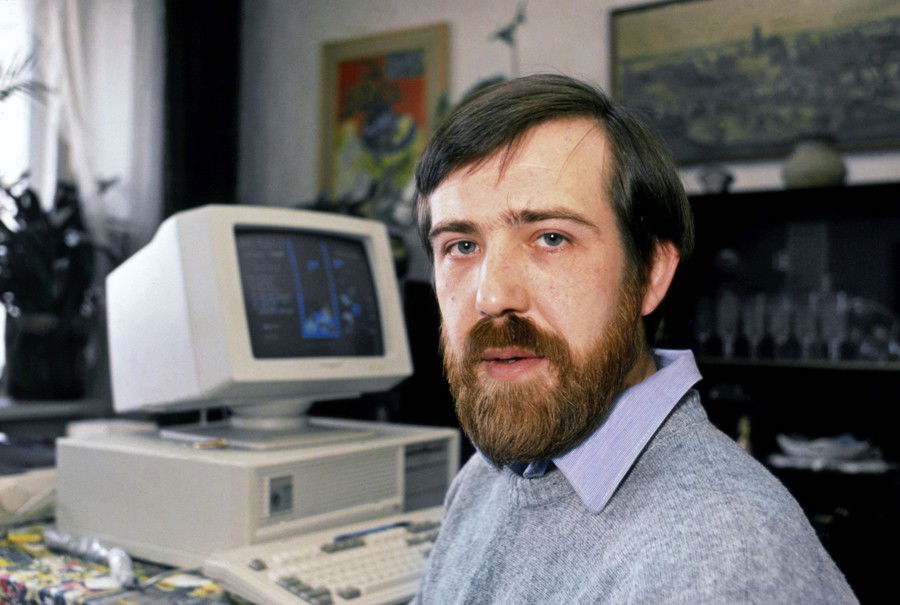
Pajitnov was passionate about puzzles and logic games, and in his spare time he liked to create games to distract himself. During one of these inspirations, he decided to create a game that combined simplicity and a challenge.
Inspired by a pentomino puzzle (geometric shapes made up of five squares), Pajitnov simplified the concept by using tetriminos (shapes made up of four squares). After a few tests, he came up with a solution that involved pieces falling from the top of the screen, and the player needed to rotate and fit them together to form horizontal lines that, when complete, would disappear, freeing up space for new pieces. Pajitnov named the game "Tetris", a combination of the Greek word ”tetra” (four) and ”tennis”, his favorite sport.
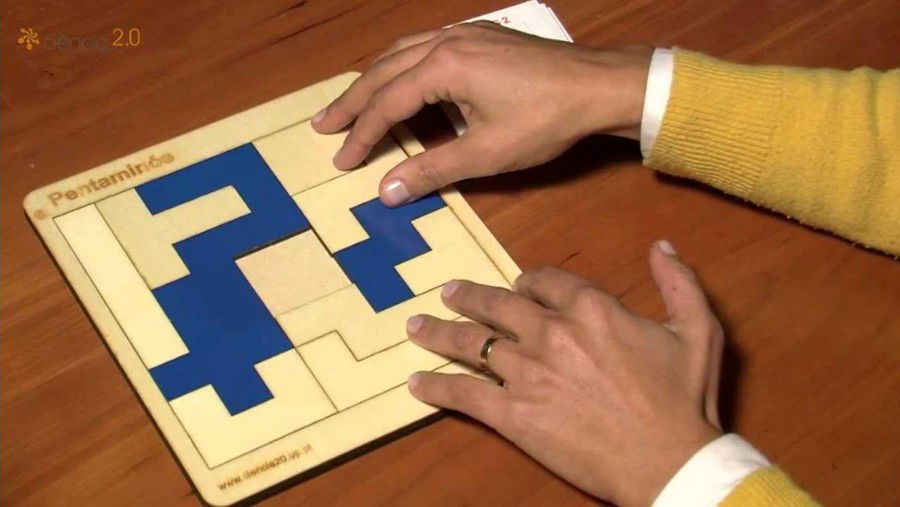
The game was programmed on an Elektronika 60 computer. Since it wasn’t capable of creating graphics, the game was developed as simply as possible, with dots and brackets. After the initial idea, he adapted the game with colors and graphics for the IBM PC with the help of his friends Dmitry Pavlovsky and Vadim Gerasimov.
Pajitnov didn't know it yet, but he had just created a game that would make billions of dollars and have a story worthy of Hollywood movies.
The simplicity and addictive nature of the game won over everyone who played it, and Tetris quickly spread among his work colleagues and throughout Soviet institutions. However, in the USSR, creations made by public servants were the property of the state and Pajitnov received no royalties or copyright, leaving Tetris as the property of ERLOG (Elektronorgtechnica) a state organization with monopoly over the import and export of computer support, hardware and software in the Soviet Union
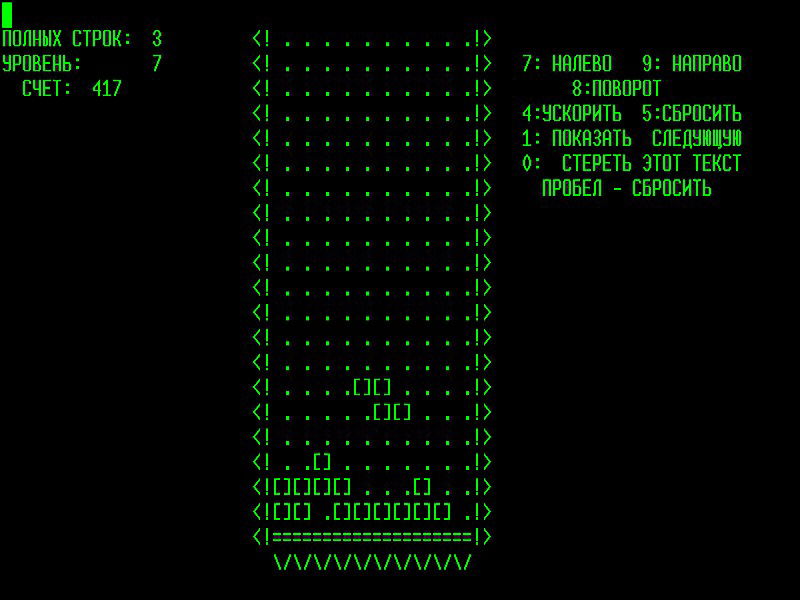
Tetris in the West
Tetris’ success within the Soviet Union caught the attention of Robert Stein, a Hungarian businessman and owner of Andromeda Software, who traveled to Moscow to negotiate the distribution rights for the game. Since Pajitnov didn’t legally own the game, the publishing rights for Tetris belonged to the state-owned company called ELORG.
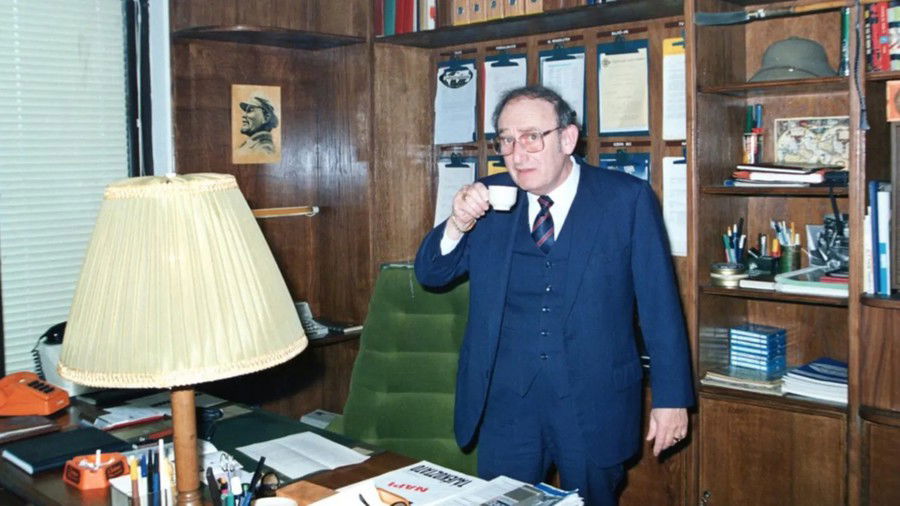
Stein was able to get an agreement to license Tetris for computers in the West, but the terms of the contract were vague and would generate conflicts in the future. At the time, both video game consoles and computers didn’t have a specific definition.
Stein sold the rights to Mirrorsoft, which was run by Robert Maxwell, to publish the game in the United Kingdom. Maxwell, seeing potential for sales, illegally negotiated the rights to the game to Atari, in Japan.
And this is where the most confusing story of legal rights in the world of video games began.
Henk Rogers and the Discovery of Tetris
Henk Rogers, a Dutch entrepreneur based in Japan, discovered Tetris in 1988 at an electronics fair. When he played it for the first time, Rogers was fascinated by its simplicity, mechanics and how addictive the game was. He immediately recognized the potential to become a bestseller and wanted to publish it.

Rogers owned Bullet-Proof Software, a company that distributed games in Japan, so in 1988 he went after the rights to the game to release it on home consoles, and ended up buying the rights to Tetris from Atari, who had in turn bought the rights from Mirrorsoft, both still unaware that they were being deceived with an invalid contract.
Sure of the game's potential, Rogers showed Tetris to Nintendo and got a contract, but there was an issue. He needed to get the rights to Tetris for the launch of the portable Game Boy.
Original TETRIS IBM PC
Risking It All in Moscow
With Nintendo pressing him for the publishing rights, Rogers tried to negotiate with Mirrorsoft, but they didn’t own the rights to the game for handheld consoles. Without wasting another minute, Rogers set out to find the owner of the game.
During his talks with Mirrorsoft, he suspected that Stein's Andromeda had somehow breached their contract with ELORG, but he didn’t know yet that it was Mirrorsoft's own Robert Maxwell who was deceiving everyone. So, he traveled to Moscow to meet with Nikolai Belikov, the head of the state department.
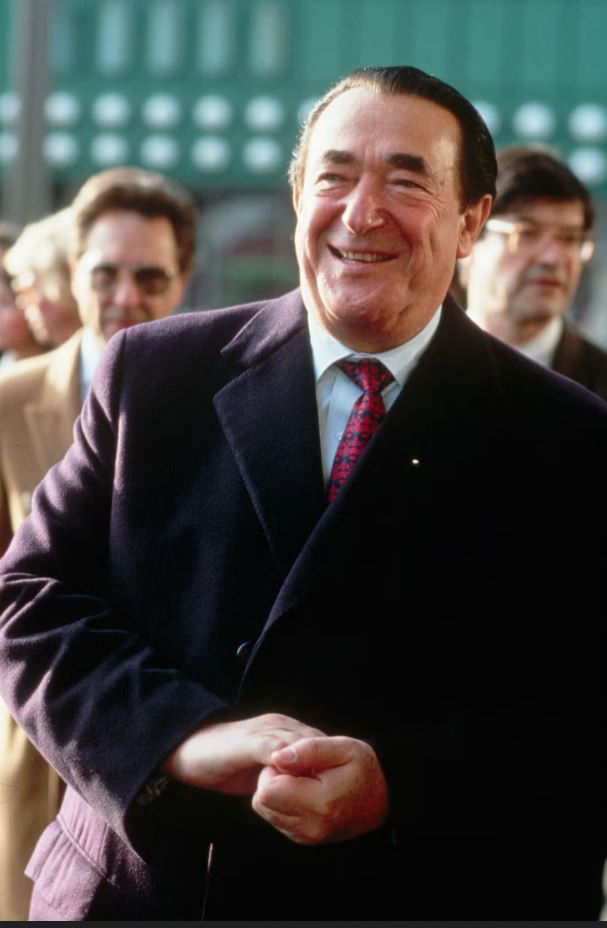
Rogers didn't have a business visa, that would take too long to get, so he decided to take a chance and go as a tourist. Unaware that this could get him into trouble, since without permission to negotiate with the Soviet government, he was violating the country's laws, literally taking a shot in the dark.
Some parts of the trip were recorded on video and can be seen in the documentary Tetris: From Russia with Love, released by the BBC in 2004 and available on YouTube.
Moscow, Secret Agents and Million Dollar Businesses
Coincidentally, on the same day that Henk Rogers arrived in Moscow to negotiate with ELORG, Robert Maxwell from Mirrorsoft and Robert Stein from Andromeda were also there. None of the three knew about the others’ presence in the country, but all three wanted the rights to Tetris for portable consoles at any cost.
As mentioned before, the Soviet Union was on constant alert regarding the United States and any American who set foot in the country would be subject to investigations.

Roger told in an interview about how he was watched by the KGB (Komitet Gosudarstvennoy Bezopasnosti), the main intelligence and security agency of the Soviet country.
"I hired an interpreter in the hotel lobby. They were all KGB, but she was beautiful and very smart, while everyone else was serious and somber. She took me to ELROG, but she wouldn't let me in because I didn't have a business visa. It was a rule, I couldn't do business on a tourist visa - but I told her I wasn't there for nothing." Rogers told The Guardian in 2014, on the 30th anniversary of Tetris.
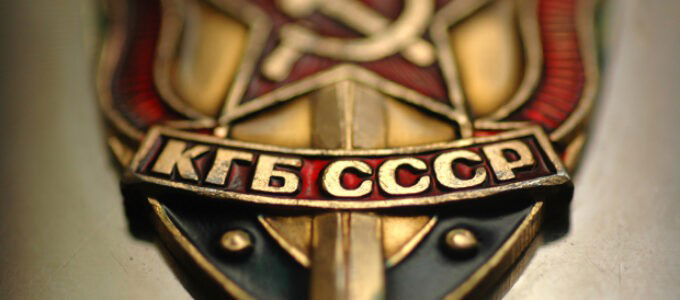
Even without a business visa, Rogers insisted on speaking to the head of ERLOG and managed to show the executive a box of Tetris for video games. Belikov was distressed by this, since he’d never sold the rights for consoles, only for computers.
Rogers was accused of theft while trying to explain that he’d bought the rights from Mirrorsoft. The Soviet executive met with Maxwell and Stein separately to accuse them of breaching the contract. Maxwell tried to use his connections with former Soviet leader Mikhail Gorbachev to threaten Belikov and thus obtain the Tetris contract. The million-dollar fight for the rights to the game began.
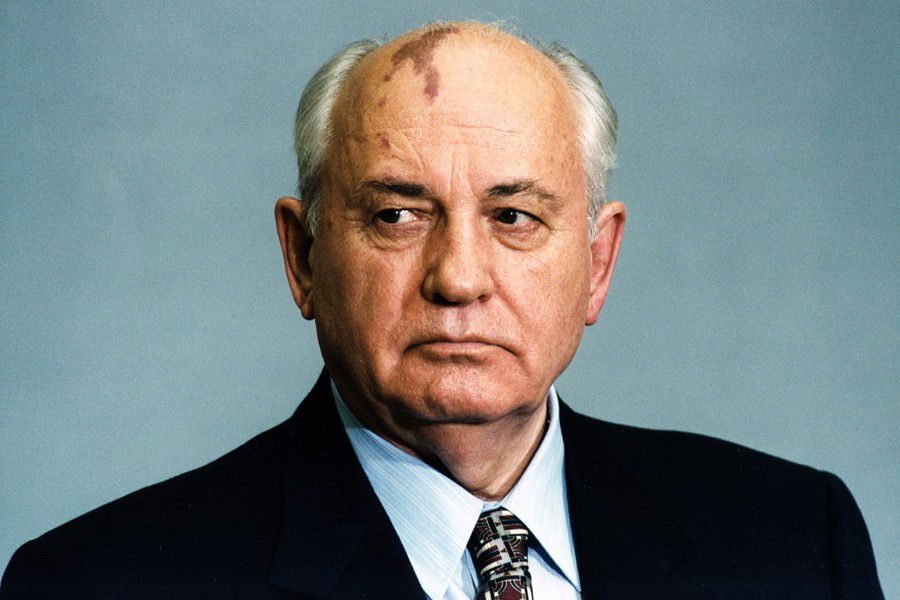
The Outcome of the Negotiations
Meanwhile, during the negotiations, Rogers met Alexey Pajitnov and the two created a strong bond of friendship. Realizing that Tetris could fall into the greedy hands of Robert Maxwell, Pajitnov himself offered to help Rogers with ELORG and Mirrorsoft.
Stein from Andromeda still had the contract for microcomputers, and they made a new contract for him, but he didn't read the new terms cautiously, leaving the way clear for Rogers.
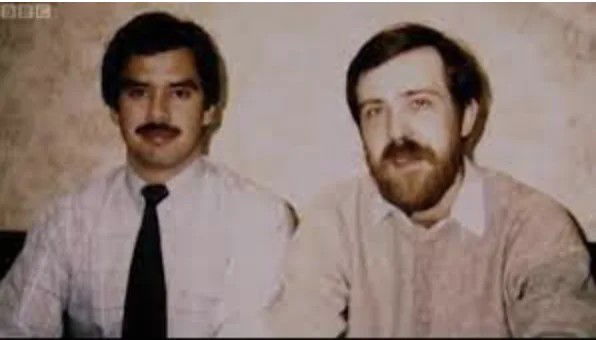
Now, without having to worry about Stein who already had his contract, Rogers needed to compete with Maxwell for the publishing rights on portables. The competitor offered more money than the first, but the power of the friendship between Rogers and Pajitnov, in addition to, of course, a nice millionaire check from Nintendo, were on Rogers' side. The creator of Tetris spoke in his favor and ended up convincing Belikov to sell the rights to the portable and console games.
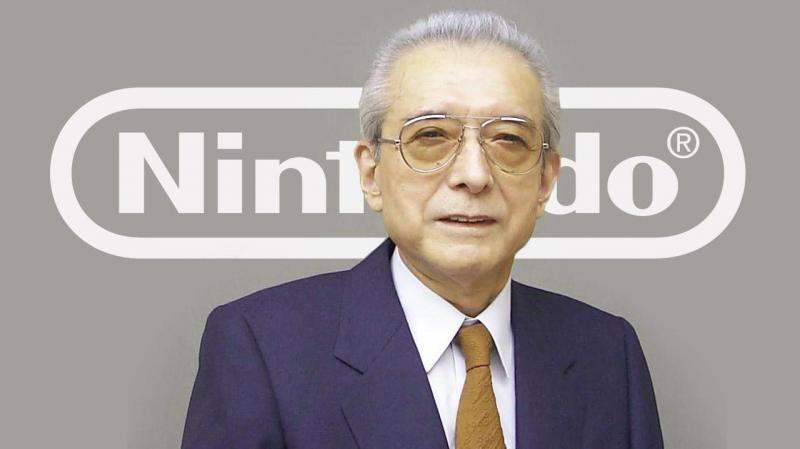
Game Boy, Tetris and the Worldwide Phenomenon
The release of Tetris with the Game Boy in 1989 was a milestone in the history of video games. Under the leadership of Henk Rogers, Nintendo made the perfect match. The Game Boy offered the portability that Tetris needed, and the game, in turn, demonstrated the potential of the console.
Tetris became a phenomenon with its simple and addictive gameplay, winning over players of all ages. The Game Boy sold millions of units thanks to the game's success. Tetris not only popularized the Game Boy, but helped establish video games as a form of entertainment.
The Game Boy is the third best-selling console in history, with an incredible 118.69 million copies sold, and a large part of that comes from Tetris and Henk Rogers' partnership with Nintendo.

The Legacy
Following the success of the Game Boy, Tetris continued to expand to other platforms and console generations. In 1996, Alexey Pajitnov finally regained the rights to his creation, after the Soviet Union ended and legal disputes over the game were resolved. He founded The Tetris Company with Henk Rogers, making sure that the game was properly protected and licensed.

Tetris has influenced countless games and genres, and its unique mechanics continue to inspire developers to this day. The game has also been studied by psychologists and scientists, who’ve explored its effects on the human mind, including the "Tetris Effect", a phenomenon in which players start to visualize pieces of the game in their minds even when they aren’t playing.
Tetris is still one of the best-selling and most-played games of all time. Its story, which began in a Soviet laboratory and spread around the world, is a testament to the power of creativity and passion for video games.
Blue Scuti, the First Person to Crack the Tetris Code
Conclusion
The story of Tetris is an incredible journey that feels like a movie involving creativity, business, and a touch of luck. From its creation by Alexey Pajitnov to its discovery by Henk Rogers and its release for the Game Boy, Tetris has become a lot more than just a game. Its simplicity ensures that it’ll continue to be played and loved for many years to come, leaving its mark as one of the greatest games of all time.













— Comments 0
, Reactions 1
Be the first to comment